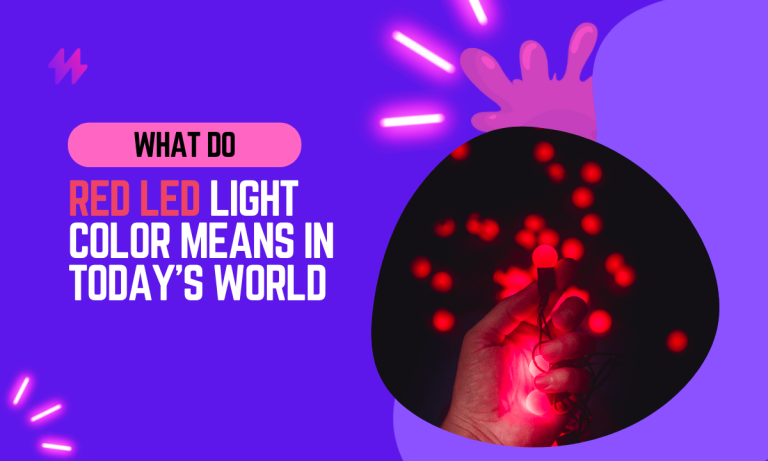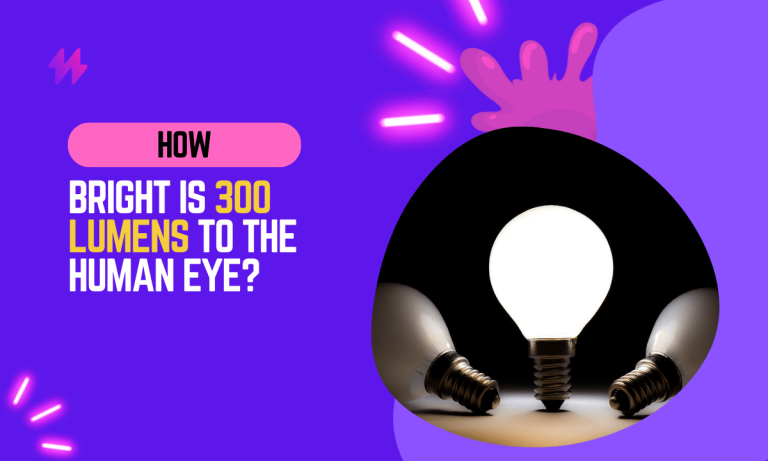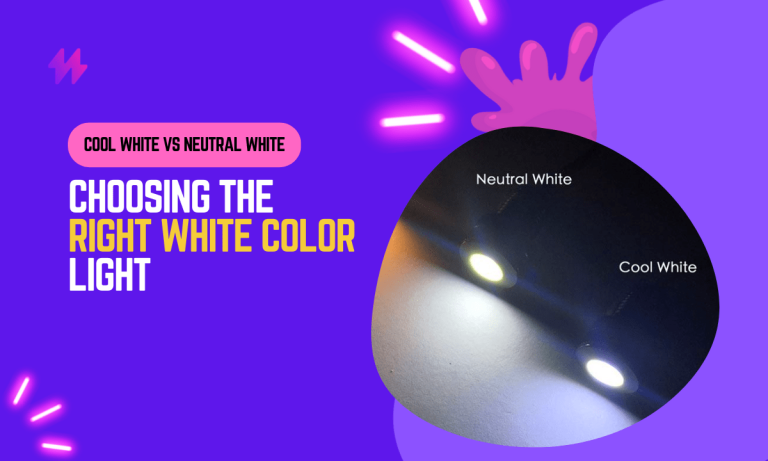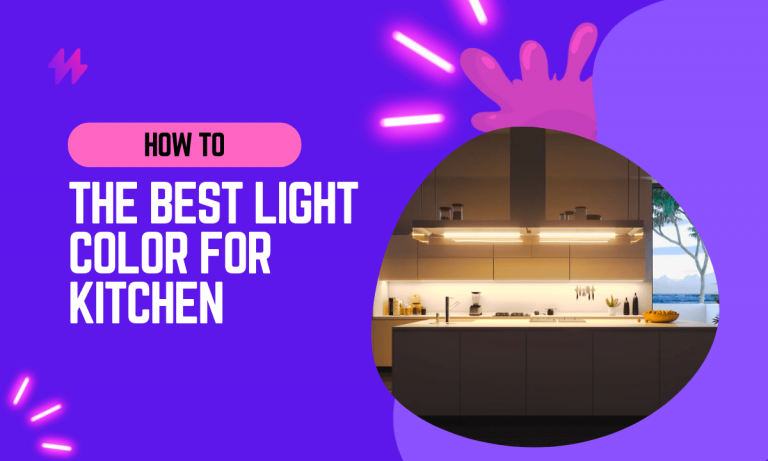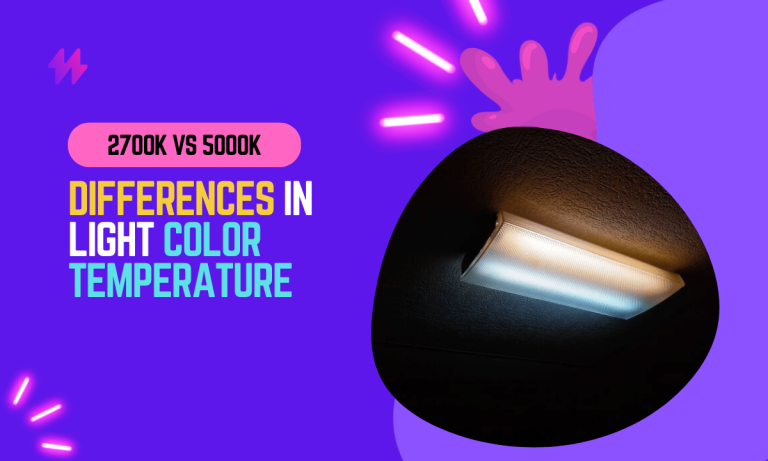How To Check Color Temperature Of LED Light?
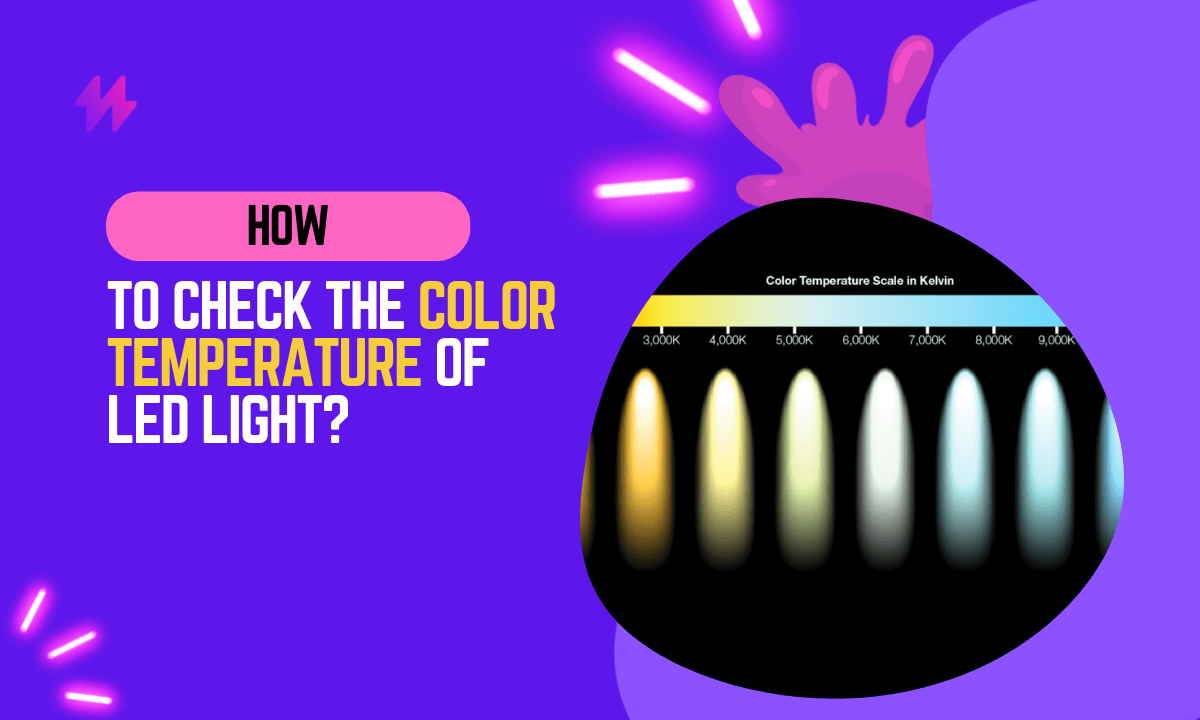
Ever noticed how some lights feel warm, like a cozy fireplace, while others are cool and bright like daylight? That’s because lights have something called “color temperature,” which affects how they look and make us feel. Imagine it as a scale from warm to cool.
In this guide, we’re going to explore the secrets of light colors, especially the ones from LED bulbs. Understanding this can help you create the right atmosphere in your home or workspace. It’s like having the power to paint your room with light!
We’ll look into the technical stuff, like the Kelvin scale, but don’t worry; it’s simpler than it sounds. We’ll also talk about tools, like apps on your phone, that can help you measure these light colors. No need for a science degree – just your curiosity.
But wait, lights don’t work alone. They team up with brightness (measured in lumens) to create the perfect vibe. We’ll uncover this partnership and show you how to pick the right lights for different places.
Think of this guide as your flashlight into the world of LED lights. By the end, you’ll not only know the science behind it but also how to make your living space shine just the way you like it. So, let’s light up this journey and make your world a little brighter!
How to Measure the Color Temperature of LED Light?
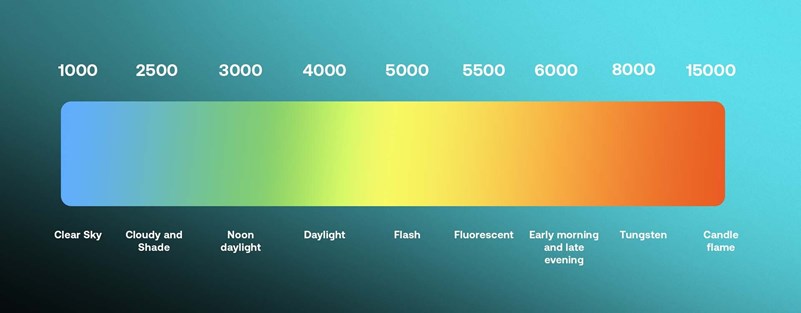
Now that we’ve dipped our toes into the concept of color temperature, let’s take a deeper dive into how we measure it and what those measurements mean for the lights around us.
Understanding Kelvin (K) Scale
First things first – the Kelvin scale. It might sound like something out of a science fiction movie, but it’s actually pretty straightforward. Imagine a scale from 1000 to 10000, where each number represents a different shade of light. Lower numbers (around 2000-3000K) mean warm, cozy light, like a sunset.
As you move up the scale, you get cooler tones, resembling the brightness of midday sunlight. So, when you see a light labeled 4000K, think of it as a pleasant, neutral white.
How to Check the Color Temperature of LED Light?
Measuring color temperature might sound like a task for experts, but fear not – you don’t need a lab coat for this. It’s as simple as using a color temperature meter or even your smartphone. These devices detect the color of light and give you a reading in Kelvins. The lower the number, the warmer the light, and the higher the number, the cooler it is. Armed with this knowledge, you can now walk into any room and, figuratively speaking, read the temperature of its light.
How to know if the bulb is Warm or Cool?

Now, let’s talk about warm and cool light. Warm light, with lower Kelvins (usually 2000-3000K), creates a cozy and inviting atmosphere – think of the soft glow of a candlelit dinner.
On the flip side, cool light (around 5000K and above) is more energizing and akin to natural daylight. Understanding this warm-cool spectrum helps you choose the right light for different spaces and moods.
Exploring the Color Rendering Index (CRI)
The Color Rendering Index, or CRI, is like a quality check for lights. It tells you how accurately a light source represents colors compared to natural light. The scale goes up to 100, with higher numbers meaning truer colors. So, if you want to showcase the vibrant colors in your artwork or enjoy the true colors of your clothes, pay attention to the CRI when picking out lights.
Armed with these insights, you’re not just looking at lights; you’re deciphering their language. The next time you step into a room, you’ll read the color temperature like a pro and choose the light that sets the perfect mood. It’s your backstage pass to the world of light, where you control the ambiance.
Learn more: How to convert Lumen to Watt with our calculator
Apps for Measuring Light Color Temperature
Gone are the days when measuring the color temperature of light required specialized equipment. Thanks to the wonders of technology, you can now turn your smartphone into a handy tool for gauging the hues of your surroundings. Let’s explore the world of apps designed to demystify light temperature measurement.
Light Meter Apps
These apps essentially transform your smartphone into a portable light meter. They measure the intensity of light in lux and, in some cases, also provide color temperature readings. Examples include “Lux Light Meter” and “LightMeter.”
Color Temperature Meter Apps
Dedicated to assessing color temperature, these apps use your smartphone’s camera to analyze the ambient light and provide a Kelvin reading. “Light Spectrum Pro” and “Light Meter – Color Temperature” are popular choices in this category.
CRI Measurement Apps
For those keen on evaluating color accuracy, some apps focus on the Color Rendering Index (CRI). “CRI Light” and “CRI & White Balance Meter” are designed to help you understand how faithfully a light source represents different colors.
How to Use Apps To Check Color Temperature Of LED Light?
- Calibration: Ensure that your smartphone’s camera is calibrated for accurate readings. Some apps offer calibration features to enhance precision.
- Ambient Conditions: Consider the ambient conditions when using these apps. Factors like other light sources and reflections can impact readings, so it’s advisable to use these apps in controlled environments.
- Explore Additional Features: Some apps come with extra features like histograms, which visually represent the distribution of colors in the light spectrum. Exploring these additional tools can enhance your understanding of the lighting conditions.
Color Temperature vs. Lumens
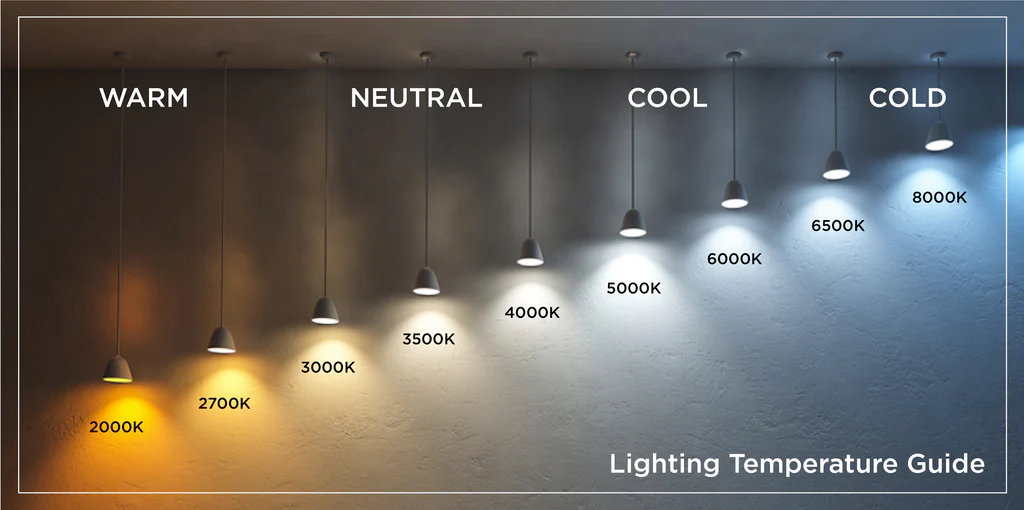
Understanding the interplay between color temperature and lumens is akin to decoding the dynamic duo that shapes the visual landscape of our surroundings. Color temperature sets the mood, while lumens dictate the brightness. Together, they choreograph a symphony of light that can transform any space.
Distinguishing between Color Temperature and Lumens
Color Temperature: This is the character of the light, expressed in Kelvins (K). Lower Kelvins (2000-3000K) gives off a warm, cozy light, reminiscent of a sunset. As you move up the scale, the light becomes cooler, resembling daylight.
Lumens: Lumens measure the brightness of the light emitted by a source. In simple terms, the higher the lumens, the brighter the light. For instance, a 60-watt incandescent bulb typically produces around 800 lumens.
Finding Harmony in Color and Brightness
While color temperature sets the emotional tone, lumens ensure visibility. The trick is to strike a harmonious balance between the two, aligning them with the function and atmosphere you desire in a particular space.
- Warm and Cozy Spaces: For areas where you want a warm and cozy ambiance – think living rooms or bedrooms – opt for lower color temperatures (around 2700-3000K) paired with moderate to low lumens. This combination creates a comfortable and inviting atmosphere.
- Energizing Workspaces: In workspaces like offices or kitchens where clarity is key, consider cooler color temperatures (4000K and above) with higher lumens. This mimics natural daylight, promoting alertness and productivity.
- Artistic Illumination: When showcasing artwork or creating a dramatic effect, play with both color temperature and lumens. A higher color temperature can make colors pop while adjusting lumens highlights or dims the subject matter.
Common FAQs about Checking LED Color Temperature
Q: How do I know if a light bulb emits warm or cool light?
A: Check the color temperature indicated on the packaging. Lower Kelvins (e.g., 2700K) indicate warm light, while higher Kelvins (e.g., 5000K) suggest cooler light. Additionally, warmer light often appears more yellow, while cooler light has a bluish tint.
Q: Is there a correlation between color temperature and the brightness of the light?
A: No, color temperature and brightness (measured in lumens) are distinct characteristics. Color temperature sets the tone (warm or cool), while lumens determine how bright the light is. You can have a warm, dim light or a cool, bright light.
Q: Can I use smartphone apps to measure color temperature accurately?
A: Yes, there are several apps designed to measure color temperature using your smartphone’s camera. While they provide a good estimate, for precise measurements, especially in professional settings, dedicated color temperature meters may be more accurate.
Q: Should I use the same color temperature throughout my entire home?
A: Not necessarily. Different areas serve different purposes. Consider warmer tones for cozy spaces like the bedroom and cooler tones for task-oriented areas like the kitchen or office.
Q: How does color temperature impact my sleep patterns?
A: Warmer light in the evening (around 2700K) is generally recommended as it mimics the natural warm tones of sunset, signaling to your body that it’s time to wind down. Cooler light in the morning (around 5000K) can help you wake up and feel more alert.
Final Words
In conclusion, understanding how to check the color temperature of LED lights is crucial for achieving the desired ambiance and functionality in any space, whether it’s a home, office, or commercial area. Color temperature, measured in Kelvin, affects how we perceive the light emitted by LEDs, influencing everything from mood to visual clarity. Tools like a spectrometer or color temperature meter provide precise measurements and are indispensable for professionals in photography, videography, and design, where accurate color rendering is paramount. Additionally, for those without access to specialized equipment, many smartphone apps are capable of providing a reasonable estimation of color temperature, though they may lack the precision of dedicated devices.
Moreover, knowing how to assess the color temperature of LED lights allows individuals to make informed choices about purchasing and installation, ensuring that the lighting solutions meet their specific needs. For instance, warmer tones (lower Kelvin values) are often preferred in residential settings for their cozy and relaxing effect, while cooler tones (higher Kelvin values) are favored in workspaces and kitchens for their bright and energizing qualities. Understanding the nuances of color temperature can also assist in troubleshooting and adjusting existing LED setups to improve comfort or enhance productivity. By effectively managing the color temperature of LED lights, one can not only optimize the visual impact of a space but also contribute to well-being and task performance, making it a key skill for both lighting professionals and general consumers alike.

